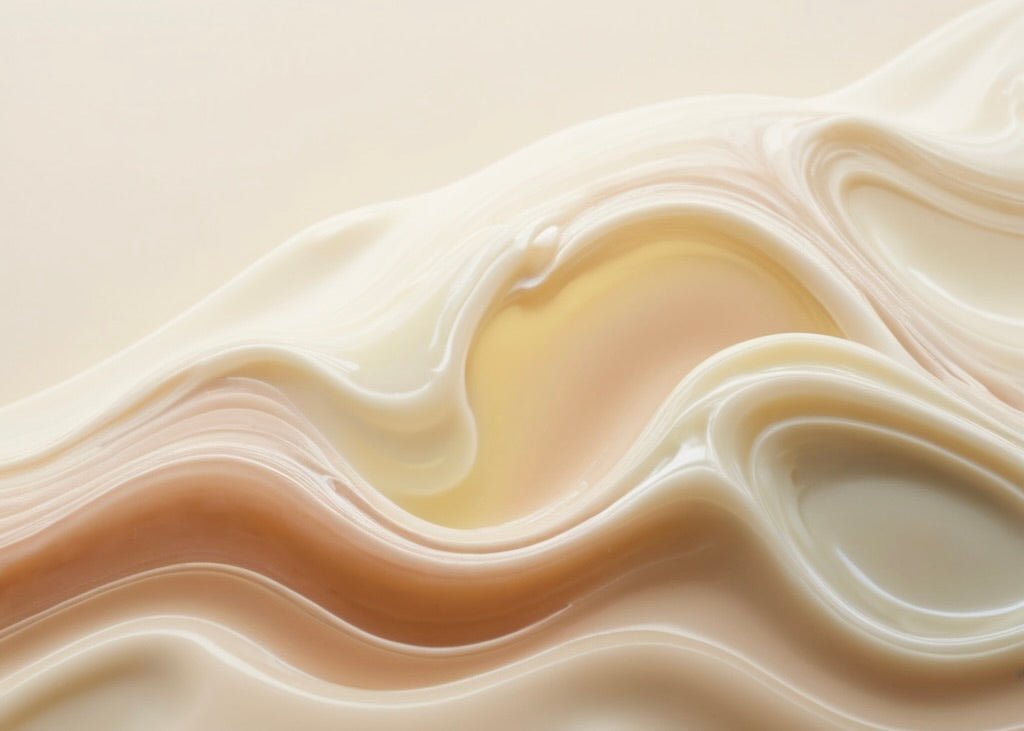
Does Exfoliating Improve Dry Skin?
Exfoliation is a skin care practice that has been around for centuries, and for good reason. It's a process that helps to remove dead skin cells, leaving your skin looking brighter and feeling smoother. But does exfoliating improve dry skin? The answer is a resounding yes, but with a few important caveats. Let's explore the benefits of exfoliation for dry skin, how to do it correctly, and the best natural and sustainable ingredients to look for in your exfoliating products.
The Science Behind Exfoliation and Dry Skin
Understanding Dry Skin
Dry skin, also known as xerosis, is a common condition that can occur for a variety of reasons. It's often characterized by a feeling of tightness, itchiness, and a rough texture. Dry skin can be caused by environmental factors such as cold weather, low humidity, and harsh soaps, or it can be a symptom of certain medical conditions.
At a microscopic level, dry skin occurs when the outermost layer of the skin, the stratum corneum, lacks the necessary water content. This layer is composed of dead skin cells and natural oils that help to lock in moisture. When these elements are disrupted, it can lead to dry, flaky skin.
How Exfoliation Helps
Exfoliation works by removing the top layer of dead skin cells. This process can help to reveal the fresher, healthier skin underneath. For those with dry skin, exfoliation can be particularly beneficial. By removing the dry, flaky skin, it allows for better absorption of moisturizers, which can help to hydrate and nourish the skin.
Moreover, regular exfoliation can stimulate the skin's natural regeneration process. This can lead to increased cell turnover, which can improve the skin's texture and tone over time. However, it's important to note that over-exfoliation can lead to skin irritation and damage, so it's crucial to find a balance that works for your skin.
Exfoliating Dry Skin: A Step-by-Step Guide
Exfoliating dry skin requires a gentle touch and the right products. Here's a step-by-step guide on how to do it effectively:
- Choose the Right Exfoliator: Look for products that are specifically designed for dry skin. These will often contain hydrating ingredients like hyaluronic acid or glycerin. Additionally, opt for products with natural and sustainable ingredients whenever possible.
- Prep Your Skin: Before you begin exfoliating, cleanse your skin to remove any makeup or dirt. This will allow the exfoliator to work more effectively.
- Apply the Exfoliator: Using your fingers, apply the exfoliator in gentle, circular motions. Avoid scrubbing too hard, as this can irritate the skin.
- Rinse and Moisturize: After exfoliating, rinse your skin with warm water and pat dry. Follow up with a hydrating moisturizer to lock in moisture.
Remember, everyone's skin is different. What works for one person may not work for another. It's important to listen to your skin and adjust your exfoliation routine as needed.
Natural and Sustainable Ingredients for Exfoliation
When it comes to choosing an exfoliator, the ingredients list can make a big difference, especially for those with dry skin. Here are some natural and sustainable ingredients to look for:
- Oatmeal: Oatmeal is a gentle exfoliator that's great for dry skin. It also has anti-inflammatory properties that can help to soothe irritated skin.
- Jojoba Beads: Unlike plastic microbeads, jojoba beads are biodegradable and environmentally friendly. They offer a gentle scrub that's suitable for dry skin.
- Sea Salt: While it may seem counterintuitive, sea salt can actually help to hydrate the skin. It helps to remove dead skin cells and can stimulate circulation.
- Almond Shells: Ground almond shells are a natural exfoliant that can help to remove dry, flaky skin. They're also rich in skin-nourishing vitamins and minerals.
Remember, the best exfoliator for you will depend on your individual skin needs. Always do a patch test before trying a new product to ensure it doesn't cause irritation.
Conclusion
So, does exfoliating improve dry skin? Absolutely. By removing dead skin cells, exfoliation can help to improve the texture and appearance of dry skin. It can also enhance the effectiveness of your moisturizing products. However, it's important to exfoliate with care, using gentle, natural, and sustainable ingredients to avoid causing further dryness or irritation. Happy exfoliating!














